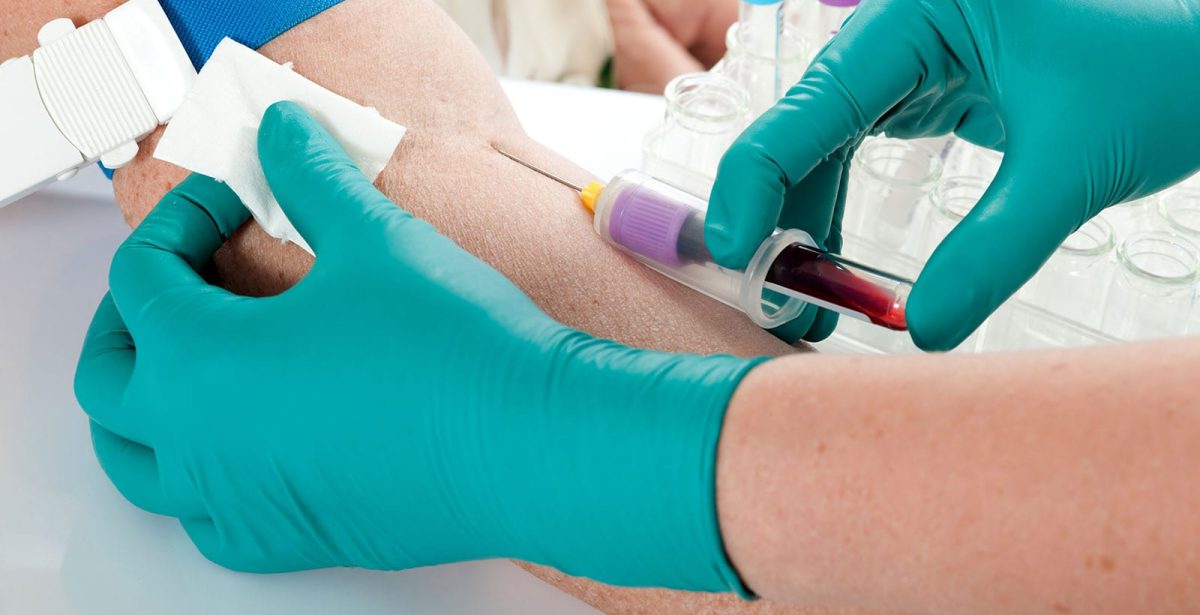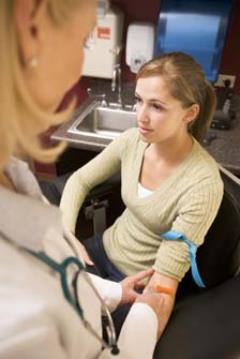The 8-Second Trick For Northeast Medical Institute - New Haven Campus Phlebotomy Course & Cna Class
The 8-Second Trick For Northeast Medical Institute - New Haven Campus Phlebotomy Course & Cna Class
Blog Article
Northeast Medical Institute - New Haven Campus Phlebotomy Course & Cna Class Fundamentals Explained
Table of Contents9 Simple Techniques For Northeast Medical Institute - New Haven Campus Phlebotomy Course & Cna ClassThe Facts About Northeast Medical Institute - New Haven Campus Phlebotomy Course & Cna Class RevealedThe Best Guide To Northeast Medical Institute - New Haven Campus Phlebotomy Course & Cna ClassNortheast Medical Institute - New Haven Campus Phlebotomy Course & Cna Class Things To Know Before You Get ThisNortheast Medical Institute - New Haven Campus Phlebotomy Course & Cna Class Can Be Fun For AnyoneThe Best Strategy To Use For Northeast Medical Institute - New Haven Campus Phlebotomy Course & Cna Class
Nevertheless, the usage of such devices should be gone along with by other infection prevention and control practices, and training in their use. Not all safety and security gadgets apply to phlebotomy. Before selecting a safety-engineered tool, individuals ought to thoroughly investigate readily available tools to determine their appropriate usage, compatibility with existing phlebotomy methods, and efficacy in protecting staff and people (12, 33).For setups with low resources, price is a driving aspect in procurement of safety-engineered gadgets. Where safety-engineered devices are not offered, knowledgeable use of a needle and syringe is acceptable.
Among the essential markers of top quality of treatment in phlebotomy is the involvement and collaboration of the person; this is mutually useful to both the health worker and the client. Clear info either composed or spoken need to be available to each client who undertakes phlebotomy. Annex F gives example message for explaining the blood-sampling procedure to a client. In the blood-sampling space for an outpatient department or center, offer a comfy reclining couch with an arm rest.
Facts About Northeast Medical Institute - New Haven Campus Phlebotomy Course & Cna Class Uncovered
Guarantee that the signs for blood sampling are plainly specified, either in a composed method or in documented instructions (e.g. in a research laboratory form). Gather all the equipment needed for the procedure and location it within risk-free and easy reach on a tray or trolley, making sure that all the items are plainly visible.
Present on your own to the patient, and ask the individual to mention their complete name. Examine that the research laboratory type matches the client's identity (i.e. match the client's information with the laboratory form, to ensure accurate identification).
Make the client comfy in a supine position (when possible). Place a clean paper or towel under the patient's arm. Discuss the test to be done (see Annex F) and acquire verbal consent. The client has a right to decline a test at any time before the blood sampling, so it is very important to ensure that the person has understood the procedure.
The Only Guide to Northeast Medical Institute - New Haven Campus Phlebotomy Course & Cna Class
Expand the client's arm and inspect the antecubital fossa or forearm. Situate a vein of a great size that shows up, straight and clear. The representation in Area 2.3, reveals common placements of the vessels, however many variations are possible. The median cubital capillary lies between muscular tissues and is generally the most simple to pierce.
DO NOT put the needle where veins are diverting, since this enhances the possibility of a haematoma. The capillary needs to show up without applying the tourniquet. Locating the vein will help in identifying the right dimension of needle. Use the tourniquet regarding 45 finger sizes over visit this page the venepuncture website and re-examine the capillary.
Haemolysis, contamination and visibility of intravenous liquid and medicine can all change the outcomes (39. Nursing staff and doctors may access main venous lines for samplings adhering to procedures. Samplings from main lines carry a risk of contamination or wrong laboratory examination results. It serves, however not optimal, to draw blood samplings when first introducing an in-dwelling venous gadget, prior to linking the cannula to the intravenous liquids.
Examine This Report on Northeast Medical Institute - New Haven Campus Phlebotomy Course & Cna Class
Enable the location to dry. Failure to enable sufficient call time raises the risk of contamination. DO NOT touch the cleaned site; specifically, DO NOT place a finger over the capillary to lead the shaft of the subjected needle. It the site is touched, repeat the sanitation. Perform venepuncture as adheres to.
Ask the individual to create a hand so the blood vessels are extra noticeable. Get in the blood vessel quickly at a 30 degree angle or less, and remain to present the needle along the capillary at the simplest angle of entry - Phlebotomy Classes. Once sufficient blood has actually been accumulated, launch the tourniquet BEFORE withdrawing the needle
The Ultimate Guide To Northeast Medical Institute - New Haven Campus Phlebotomy Course & Cna Class
Withdraw the needle gently and use gentle stress to the site with a clean gauze or dry cotton-wool round. Ask the person to hold the gauze or cotton wool in area, with the arm extended and elevated. Ask the patient NOT to flex the arm, because doing so creates a haematoma.

Excitement About Northeast Medical Institute - New Haven Campus Phlebotomy Course & Cna Class
Do not press the syringe plunger because additional pressure enhances the risk of haemolysis. Where feasible, keep the tubes in a shelf and move the rack towards you. Inject downwards into the suitable coloured stopper. DO NOT get rid of the stopper since it will certainly launch the vacuum cleaner. If the example tube does not have a rubber stopper, infuse very gradually right into television as lessening the stress and speed made use of to transfer the sampling reduces the risk of haemolysis.

Report this page